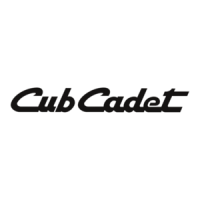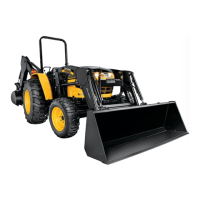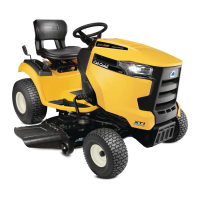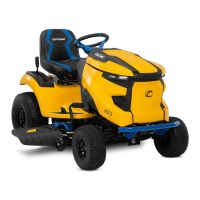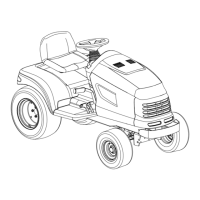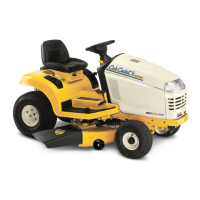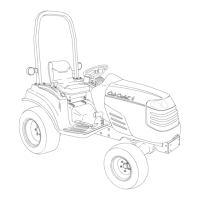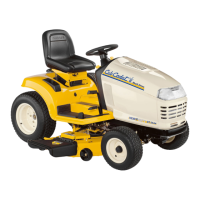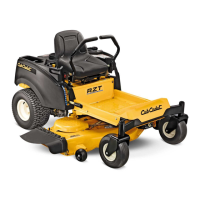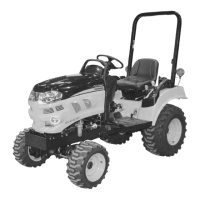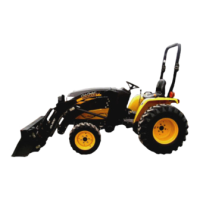
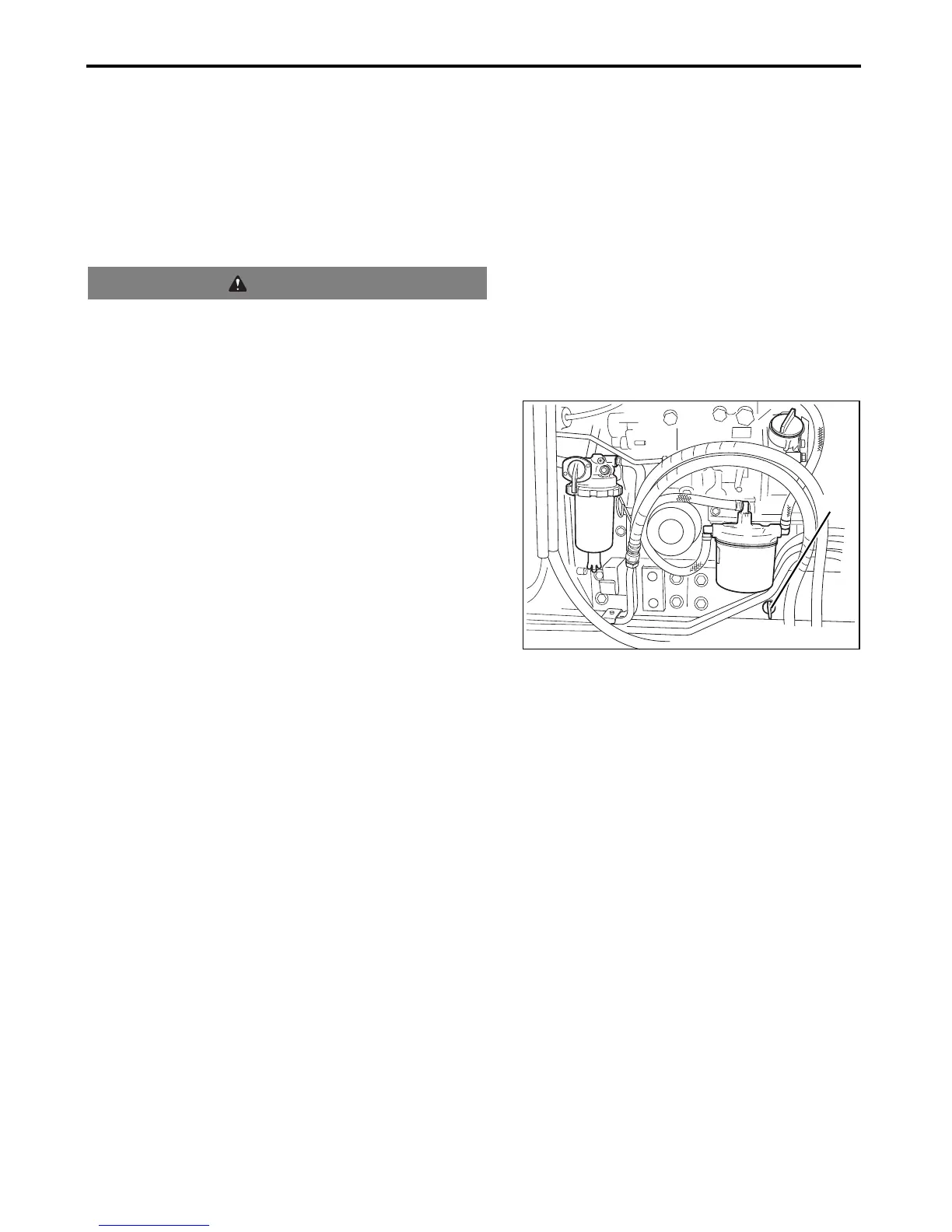
Do you have a question about the Cub Cadet EX2900 and is the answer not in the manual?
| Transmission | Hydrostatic |
|---|---|
| Drive | 2WD |
| Hydraulic System | Open center |
| 3-Point Hitch | Category 1 |
| Engine HP | 29 HP |
Explains manual usage and defines safety alert symbols for hazard recognition.
Critical precautions before operating, safe practices, child safety, slopes, roads, parking.
Safe servicing, electrical system safety (battery, fuses, lights), and tractor storage procedures.
Provides guidance for diagnosing and resolving common tractor issues.
Explains how to locate and record tractor and engine serial numbers for service.
Lists technical specifications for Ex2900 and Ex3200 models, including dimensions and capacities.
Details tractor traveling speeds across different ranges and tire types.
Shows maximum lifting capacity, drawbar load, and trailer load for various implements.
Lists specific capacities for various tractor implements like mowers, tillers, and loaders.
Identifies external components of the tractor with labels.
Details the various controls, switches, and gauges in the operator station.
Details essential checks, precautions, and cleaning before starting tractor operation.
Step-by-step guide for safely starting, operating, and shutting down the tractor engine.
Specific procedures for starting the engine in cold temperature conditions.
Instructions for restarting a stalled engine and troubleshooting engine issues.
Guidelines for operating a new tractor, including break-in and ROPS safety.
Covers adjusting the operator's seat, seat belts, and basic controls.
Explains selecting travel speeds using range shift and 4-wheel drive levers.
Covers steering, cruise control, stopping, emergency stops, and safe parking procedures.
Discusses differential lock, road travel, pushing/towing, slope operation, and power steering.
Explains safe procedures for operating the PTO, including engaging and disengaging.
Covers installing PTO implements and operating the PTO while the tractor is parked.
Covers preparing and mounting implements using the 3-point hitch and drawbar.
Details proper use of safety chains and drawbar towing safety.
Explains 3-point hitch controls, implement control valve, and hydraulic lock lever.
Provides instructions for safely connecting hydraulic hoses to quick couplers.
Information on tires, air pressure, wheel adjustments, and bolt torque.
Discusses front and rear ballast for improving stability and traction.
A comprehensive list of maintenance tasks, intervals, and lubricant specifications.
Information on obtaining genuine parts and technical documentation.
Routine checks for engine oil, transmission oil, and other daily items.
Details maintenance tasks required at 50, 100, 200, 300, 500, and 1000 hour intervals.
Covers general maintenance like tire rotation, wheel spacing, and hose replacements.
Safety and procedures for inspecting, removing, installing, and cleaning the battery.
Instructions for checking fuses and replacing bulbs for lights and instrument panel.
Safety guidelines for preparing and storing the tractor for extended periods.
Steps to take to prepare the tractor for use after it has been stored.
Guide to diagnose and resolve common engine starting and running issues.
Troubleshooting for mechanical, hydraulic, brake, and steering system issues.
